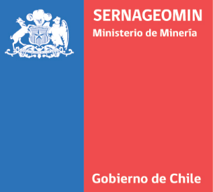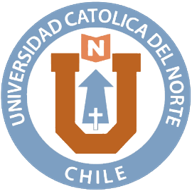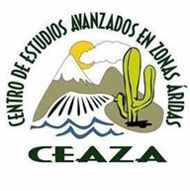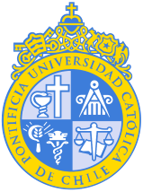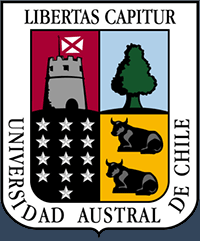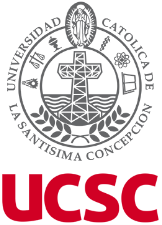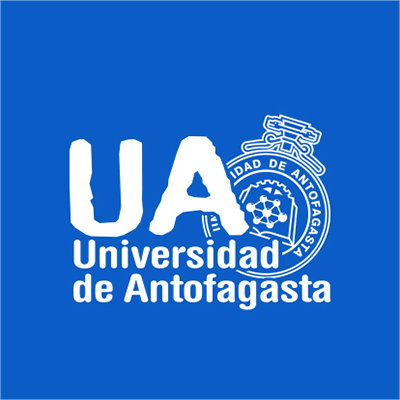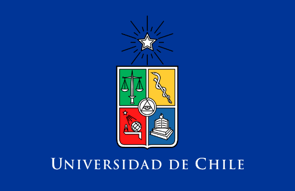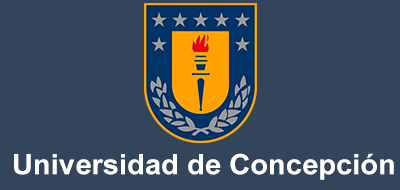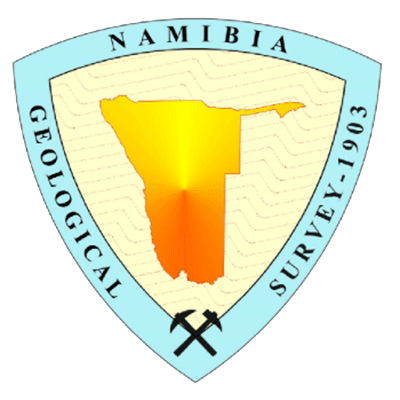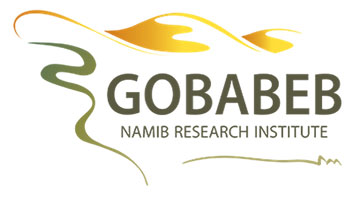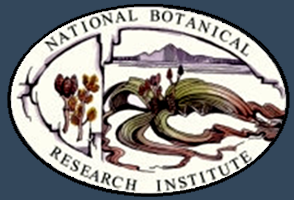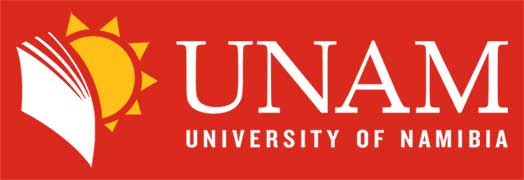Project ended after 2nd Phase
Reconstructing changes of water sources and availability by combined lipid biomarker and online stable isotope and radiocarbon analysis
Research areas: Geochronology, Organic Geochemistry, Method Development
Principal investigators: Prof. Dr. Janet Rethemeyer, Dr. Markus Schiffer
Project Info: Phase 2
The hyperarid soils of the Atacama Desert frequently served as model systems for tracing life under extremely dry conditions. Water availability is the main controlling factor determining the presence of life. The abundance and distribution of plants is largely dependent on fog moisture and irregular rainfalls associated with the El Niño Southern Oscillation (ENSO) and Pacific Decadal Oscillation (PDO) climate phenomena and follows latitudinal and elevational gradients. Traces of plant and microbial life preserved in the desert soils, which were analysed during the 1st funding period, showed a strong dependency on water availability increasing in abundance and diversity from the hyperarid core of the desert to wetter sites at higher elevations. Fog, related to the marine Stratocumulus cloud, is the ultimate water source in coastal areas. Its spatial and temporal variability is, however, difficult to constrain. We thus evaluated the utility of nitrogen (δ15N) and hydrogen (δ2H) isotopic signatures in plant tissues and leaf waxes, respectively, of living and fossil Tillandsia plants as proxies for present and past fog water availability. Our results showed that plant tissue δ15N values correlate significantly with precipitation, total cloud cover as well as cloud height along a 300 km coastal transect in northern Chile. In addition, δ15N and δ2H results of fossil Tillandsia plant layers excavated from sand dunes indicated a distinct dry episode during late Medieval times known as a period of extreme long-lasting droughts related to a major ENSO anomaly, thus holding great potential for reconstruction changes in fog moisture at high temporal resolution using new archives collected during the 2nd phase of the CRC.
The main focus of D04 during the 2nd funding period will be on three aspects including:
- the development of ultra-small-scale AMS 14C analysis (1-20 µg C) and its application for solving dating problems in different CRC projects
- the reconstruction of past changes in water supply in fossil Tillandsia dunes and other suitable archives and its effect on the stable isotopic composition (δ2H, δ13C, δ15N, δ34S) in living Tillandsia
- the identification and age determination of traces of life in desert soils along moisture and depth gradients based on lipid biomarker and radiocarbon analyses.
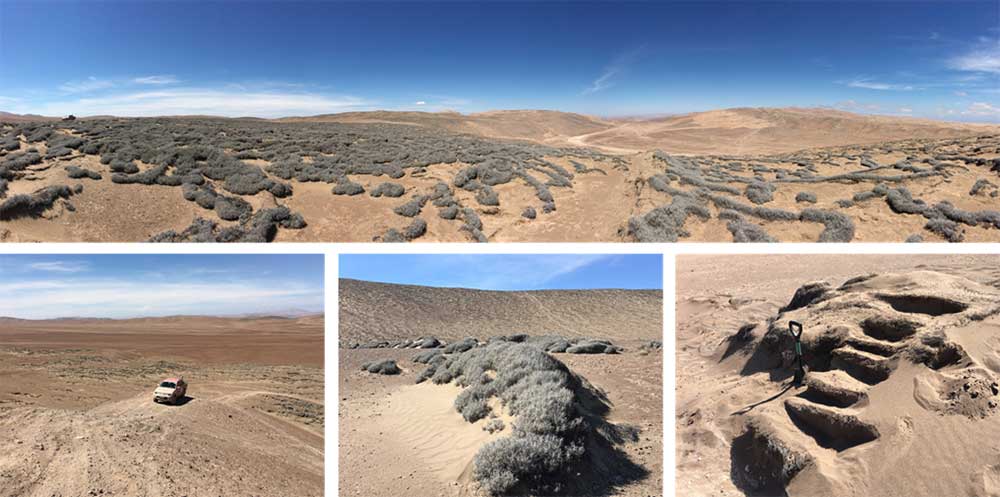 |
| Fieldwork 2017: unique Tillandsia landbeckii ecosystems located in the Coastal Cordillera depend solely on fog moisture. We use the information preserved in relict Tillandsia plants buried in sand dunes to reconstruct past climate change (photos: A. Jaeschke). |
Phase 1
Trace organic compounds: Tracing water availability, organic carbon sources, and life at the dry limit using radiocarbon analysis
Research areas: Geochronology, Organic Geochemistry, Method Development
Principal investigators: Prof. Dr. Janet Rethemeyer, Dr. Markus Schiffer
Radiocarbon and lipid analysis as well as the combined compound-specific radiocarbon analysis (CSRA) will be used as promising analytical technique for answering the main research questions of this project.
- How does water availability in the Atacama change under the influence of ENSO variability as reconstructed by growth rates and the distribution of the fog-dependent vegetation?
- How does water availability affect organic carbon (OC) cycling in soils - substrate for microbial life - and microbial diversity? Which factors besides water availability affect OC cycling in soils and microbial life?
These questions will be answered through the investigation of plants and soils from the common focus areas in the Atacama Desert (B01, B05) and by using the required data on climate variability (A01, A02, Z03) as well as on soil properties, nutrients, and microbial communities (B04, B05, C04).
Because of the extremely low organic carbon contents of the soils in the Atacama Desert technical development of the dedicated radiocarbon analytical procedures are required including 1) the reduction of blank level during sample preparation of bulk samples and individual organic compounds, and 2) the construction of a small volume vacuum system enabling micro-scale AMS 14C analyses of ‘graphite’ samples down to 10-50 μg of carbon. These will be established in the project and will be available for other CRC projects including radiocarbon analyses.
Publications
Project D4 - Publications
Articles
Jaeschke, A., May, M., Hakobyan, A., Mörchen, R., Bubenzer, O., Bernasconi, S., Schefuß, E., Hoffmeister, D., Latorre, C., Gwozdz, M., Rethemeyer, J., Knief, C., 2024.
Microbial hotspots in a relict fog-dependent Tillandsia landbeckii dune from the coastal Atacama Desert.
Global and Planetary Change. 104383, 1 - 1. DOI: https://doi.org/10.1016/j.gloplacha.2024.104383.
Jaeschke, A., 2024.
Evaluating the isotopic composition of leaf organic compounds in fog-dependent Tillandsia landbeckii across the coastal Atacama Desert: Implications for hydroclimate reconstructions at the dry limit.
Global and Planetary Change. 1 - 43.
Jaeschke, A., 2024.
Evaluating the isotopic composition of leaf organic compounds in fog-dependent Tillandsia landbeckii across the coastal Atacama Desert: Implications for hydroclimate reconstructions at the dry limit.
Global and Planetary Change. 1 - 43.
Rosinger, C., Rousk, J., Bonkowski, M., Rethemeyer, J., Jaeschke, A., 2023.
Rewetting the hyper-arid Atacama Desert soil reactivates a carbon-starved microbial decomposer community and also triggers archaeal metabolism.
Science of the Total Environment. 892, 1 - 8. DOI: https://doi.org/10.1016/j.scitotenv.2023.164785..
Wennrich, V., 2023.
Late Pleistocene to modern precipitation changes at the Paranal clay pan, central Atacama Desert.
Zenodo. 1 - 63. DOI: 10.5880/CRC1211DB.68.
Contreras, S., Landahur, M., García, K., Latorre, C., Reyers, M., Rethemeyer, J., Jaeschke, A., 2022.
Leaf wax composition and distribution of Tillandsia landbeckii reflects moisture gradient across the hyperarid Atacama Desert.
Plant Systematics and Evolution. 308 (8), 1 - 13.
Jaeschke, A., Böhm, C., Merklinger, F. F., Reyers, M., Kusch, S., Rethemeyer, J., Bernasconi, S., 2019.
Variation in δ15N of fog-dependent Tillandsia ecosystems reflect water availability across climate gradients in the hyperarid Atacama Desert.
Global and Planetary Change. 183, 1 - 12.
Kusch, S., Jaeschke, A., Mörchen, R., Rethemeyer, J., 2019.
Tracing life at the dry limit using phospholipid fatty acids – does sampling matter?.
Soil Biology and Biochemistry. 141, 1 - 5.
Rethemeyer, J., Gierga, M., Heinze, S., Stolz, A., Wotte, A., Wischhöfer, P., Berg, S., Melchert, J., Dewald, A., 2019.
CURRENT SAMPLE PREPARATION AND ANALYTICAL CAPABILITIES OF THE RADIOCARBON LABORATORY AT COLOGNEAMS.
Radiocarbon. 1 - 12.
Stolz, A., Dewald, A., Altenkirch, R., Herb, S., Heinze, S., Schiffer, M., Feuerstein, C. P., Müller-Gatermann, C., Wotte, A., Rethemeyer, J., Dunai, T., 2019.
Radiocarbon measurements of small gaseous samples at CologneAMS.
Nuclear Instruments and Methods in Physics Research B. 406, 283 - 286. DOI: 10.1016/j.nimb.2017.03.031.
Stolz, A., Dewald, A., Heinze, S., Altenkirch, R., Hackenberg, G., Herb, S., Müller-Gatermann, C., Schiffer, M., Zitzer, G., Wotte, A., Rethemeyer, J., Dunai, T., 2019.
Improvements in the measurement of small 14CO2 samples at CologneAMS.
Nuclear Inst. and Methods in Physics Research B. 439, 70 - 75. DOI: 10.1016/j.nimb.2018.12.008.
Event Papers
Amelung, W., Bol, R., Dunai, T., Fuentes, B., Jaeschke, A., Lehndorff, E., Knief, C., Klumpp, E., Kusch, S., Mörchen, R., Rethemeyer, J., 2019.
Tracing altitudinal changes in microbial life and organic carbon source in soils of the Atacama Desert.
Geophysical Research Abstracts. Proc. of EGU General Assembly 2019, 21 (EGU2019-8930-1), April 07 - 12, 2019, Vienna, 1 - 1.
Jaeschke, A., Böhm, C., Reyers, M., Merklinger, F. F., Bernasconi, S., Schefuß, E., Kusch, S., Rethemeyer, J., 2019.
Present and past distribution of fog-dependent Tillandsia vegetation in the hyperarid Atacama Desert.
Geophysical Research Abstracts. Proc. of EGU General Assembly 2019, 21 (EGU2019-9332), April 07 - 12, 2019, Vienna, 1 - 1.
Data
Project D4 - Research Data
Jaeschke, A., 2024.
Evaluating the isotopic composition of leaf organic compounds in fog-dependent Tillandsia landbeckii across the coastal Atacama Desert: Implications for hydroclimate reconstructions at the dry limit.
CRC1211 Database (CRC1211DB).
Jaeschke, A., 2024.
Microbial hotspots in a relict fog-dependent Tillandsia landbeckii dune from the coastal Atacama Desert.
CRC1211 Database (CRC1211DB).
Jaeschke, A., Knief, C., 2024.
Mapping file for PRJEB61789 project.
CRC1211 Database (CRC1211DB).
Knief, C., Jaeschke, A., 2024.
Suppementary materials: "Microbial hotspots in a relict fog-dependent Tillandsia landbeckii dune from the coastal Atacama Desert".
CRC1211 Database (CRC1211DB). DOI: https://doi.org/10.1016/j.gloplacha.2024.104383.
Jaeschke, A., 2020.
15N and elemental data of individual Tillandsia specimen.
CRC1211 Database (CRC1211DB).
Jaeschke, A., 2020.
site-averaged isotope and precipitation data of Tillandsia ecosystems.
CRC1211 Database (CRC1211DB).
Jaeschke, A., 2020.
14C ages and stable N isotopes of fossil Tillandsia dunes.
CRC1211 Database (CRC1211DB).











